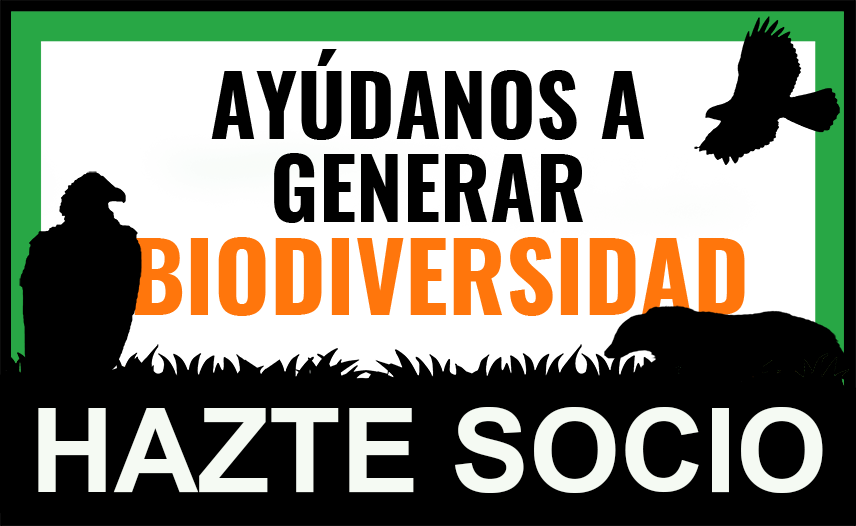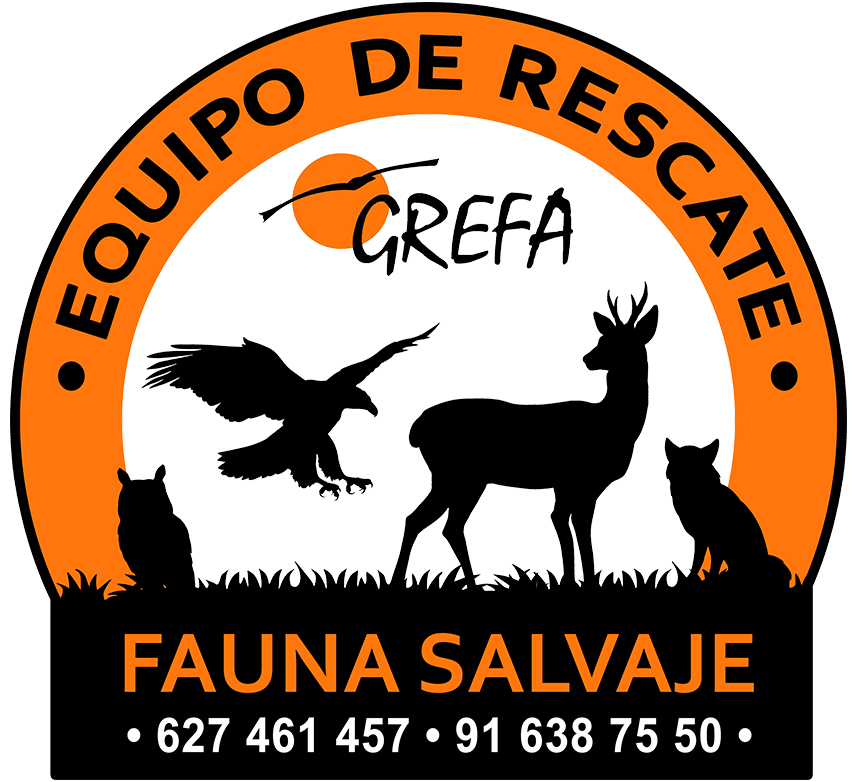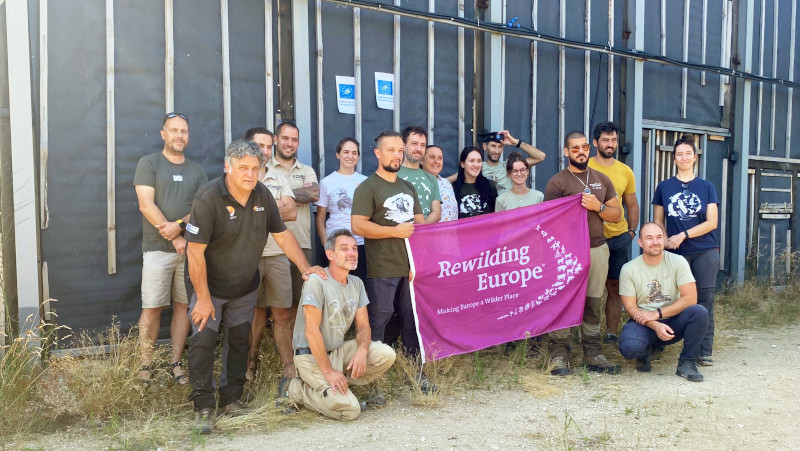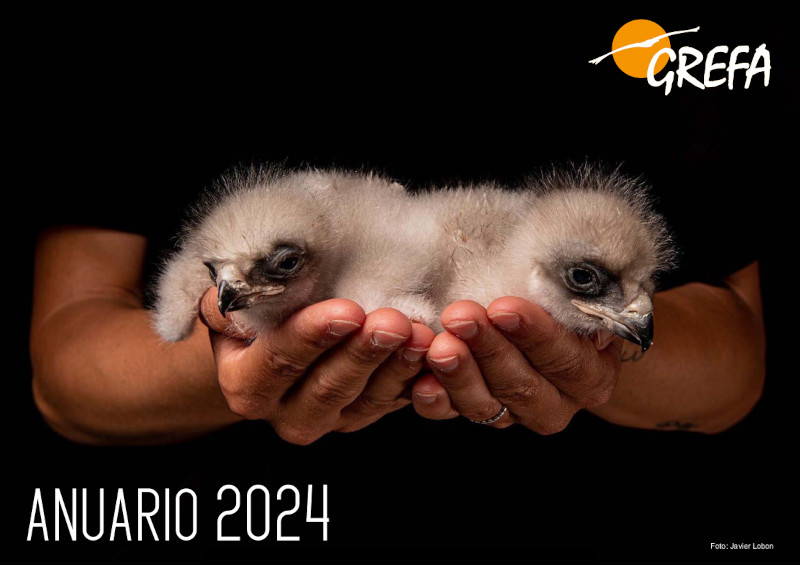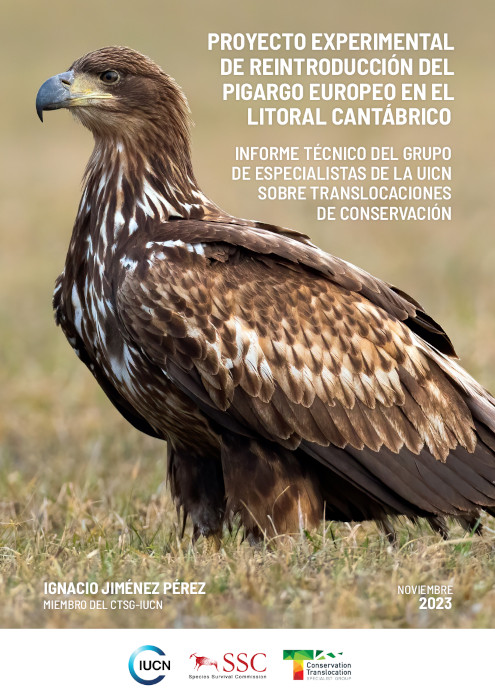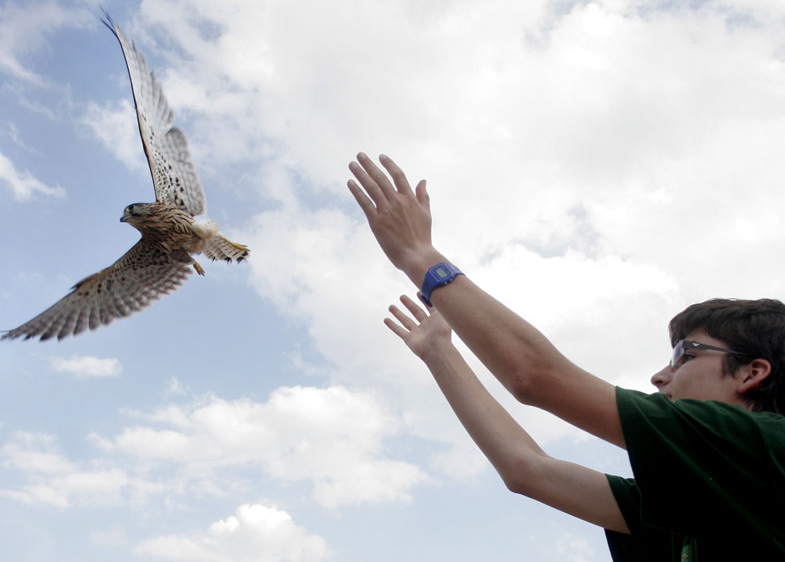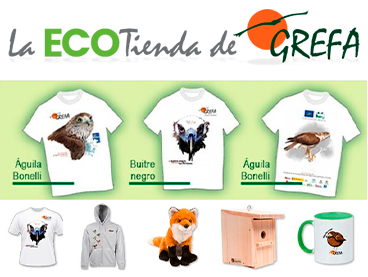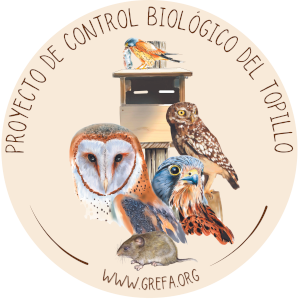9th of October, 2024, Majadahonda (Madrid) / With the first group of six cinereous vultures being transferred to Bulgaria, GREFA initiates its collaboration with the LIFE Rhodope Vulture program. This European program will bust the reintroduction of Spanish cinereous vultures in the Rhodope mountains, a joint effort by GREFA, Rewilding Europe and local organizations such as BSPB and Rewilding Rhodopes.
Since 2022, more than forty cinereous vultures, both captive-bred in GREFA’s captive breeding center at Majadahonda (Madrid) and rehabilitated vultures from wildlife center from all over Spain have been shipped to the Rhodope mountains (thanks to the collaboration of the regional governments of Madrid, Comunidad Valenciana, Andalucía, Cantabria and Aragón).
These mountains, found between Bulgaria and Greece, will witness the LIFE Rhodope Vulture, an European Union funded program that will last five years (from June 2024 to May 2029). The planned actions will be focused on increasing the new population of cinereous vultures by mitigating their threats and improving the habitat and food availability.
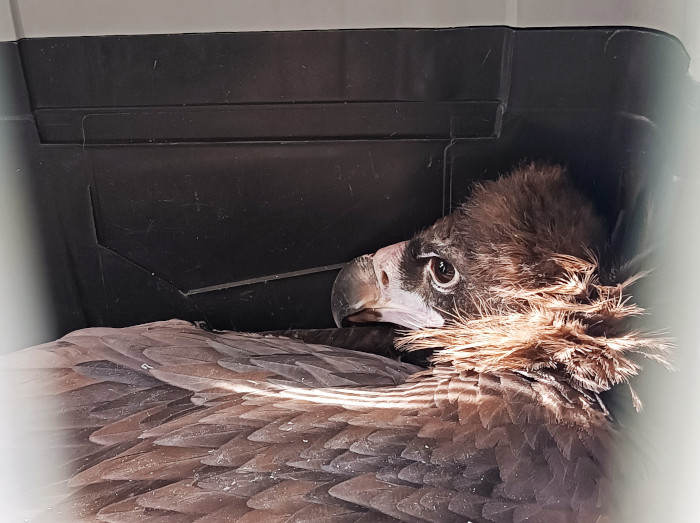 Cinereus vulture in one of the crates during the roadtrip to Bulgaria. Author: Komodo Zoo Services.
Cinereus vulture in one of the crates during the roadtrip to Bulgaria. Author: Komodo Zoo Services.
The LIFE Rhodope Vulture, coordinated by the Bulgarian Society for the Protection of Birds (BSPB), will be implemented by ten different partners, mostly Bulgarian and Greek entities. GREFA’s role in this enterprise will be to provide the release programs with cinereous vultures and expertise, earned over the years through previous release programs in the Pyrenees and La Demanda, places where new colonies of the species can be found nowadays.
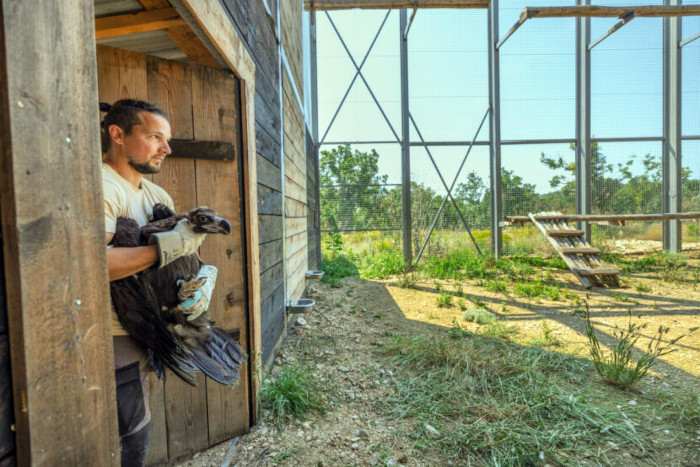 Release of one of the Spanish vultures into the release cage. Author: Ivo Viktorov Danchev.
Release of one of the Spanish vultures into the release cage. Author: Ivo Viktorov Danchev.
Over 3000 kilometres
The recent shipment of cinereous vultures took place last August by road, a road trip of 3000 kilometres that took three days to accomplish. Members of GREFA’s crew (representatives of the wildlife hospital, the captive breeding program and the management of the program) travelled to Bulgaria to supervise the operation and the health of the birds after the journey.
These six vultures were housed in a release cage within the mountain range, from which they will be released after they complete their acclimatization, by the spring of 2025. “We feel honoured to be part of the international efforts to restore the communication between the European populations of vultures, by creating new breeding colonies of the cinereous vultures such as the Rhodope mountain newborn colony”, Ernesto Álvarez, GREFA`s presidente, explains.
GREFA has been working for the restoration of the former distribution of the cinereous vulture through its Proyecto Monachus, by captive breeding and the release of individuals amongst other actions, to generate new colonies in Spain and other European countries.
 A veterinarian performs a health check on one of the vultures on site. Author: GREFA
A veterinarian performs a health check on one of the vultures on site. Author: GREFA
Previous work in the Pyrenees and the Iberian System
Since the 90s, GREFA joined the first translocation of cinereous vultures and other scavenger species such as griffon vultures and Egyptian vultures to France.
A milestone was reached when the NGO, in collaboration with the Generalitat of Cataluña and other organizations, started the reintroduction program of cinereous vultures in the Pyrenees in 2007, where the species was extinct. A second milestone was the creation of a colony in the Iberian System, in the Sierra de la Demanda. Junta de Castilla y León and La Rioja Government supported this program to enable the species to come back to this area. Both programs serve as an example for the reintroduction of the cinereous vulture in the Rhodope Mountain.
GREFA has also initiated a new program in the southern Iberian system, within the limits of the Els Ports Natural Park (Tarragona), thanks to the support of the Generalitat of Cataluña.
 |
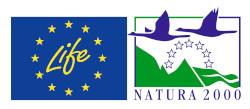 |
Spanish version:
PREVIOUS NEWS
Avanza la reintroducción del buitre negro en los Ródopes (Bulgaria), con la ayuda de GREFA
Casi 300 personas participaron en la Fiesta del Buitre convocada por GREFA
¡Ayúdanos a generar biodiversidad!
Hazte socio
https://www.grefa.org/haztesocio.html
Apadrina un animal
https://buscopadrino.grefa.org/

